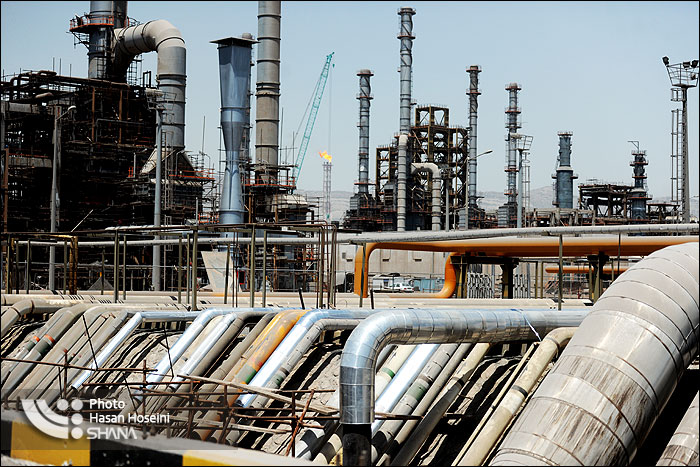Chahar Mahal Bakhtiari Province is home to nearly one million people. Its main counties are Shahr-e Kord, Boroujen, Saman, Bon, Ardal, Farsan, Lordegan, Kouhrang and Kiar. The provincial zone of National Iranian Oil Products Distribution Company (NIOPDC) is tasked with supplying and distributing petroleum products like gasoline, gasoil, fuel oil and kerosene, particularly in mountainous areas, during the second half of the year.
Mojtaba Sardari, director of the NIOPDC provincial zone in Chahar Mahal Bakhtiari, told Iran Petroleum that 273,239,000 liters of gasoline had been distributed across the province from September 2016 to September 2017. He noted a 9% growth in the consumption of gasoline, saying more car registration was a main cause of higher consumption.
Over the same period, 16.25 million liters of kerosene was distributed, up 24% year-on-year. It is noteworthy that kerosene consumption in inaccessible zones in Chahar Mahal Bakhtiari reached 9.6 million liters last calendar year to March 2017. The main cause has been the government's effort to expand gas supply in cities and villages and convert fuel in industrial units. At present, 98% of urban population and 78% of rural population in this province have access to natural gas.
Sardari put gasoil consumption over the past year at 235,287,000 liters, saying that this petroleum product had seen a 2% decline in consumption due to practicing quota system. Aviation fuel supply was at 1,053,270 liters in the past year.
Currently, 1.1 ml/d of gasoline and 800,000 to 850,000 l/d of gasoil are distributed on average in the province.
"In order to conserve fuel, facilitate fuel supply and provide infrastructure for exporting products from this province, we proposed the establishment of a pipeline to directly transmit petroleum products from Isfahan refinery," said Sardari.
"The proposal for this project is being reviewed at the NIOPDC central committee, which we hope will become operational very soon," he added.
He said that a 90-kilometer pipeline, 12-inch diameter, was envisaged for that purpose, which could be financed by Iranian or foreign private sector. The potential financer, he said, would receive a portion of revenues from exports.
Sardari also said that IRR 2.4 billion had been allocated to subsidies by the Ministry of Petroleum to 144 industrial units to change feedstock from liquid fuel to natural gas. Once done, that would save IRR 140 billion a year from a 10 million liter reduction in gasoil consumption that would be exported instead. This project is forecast to become operational in two years.
Courtesy of Iran Petroleum


Your Comment